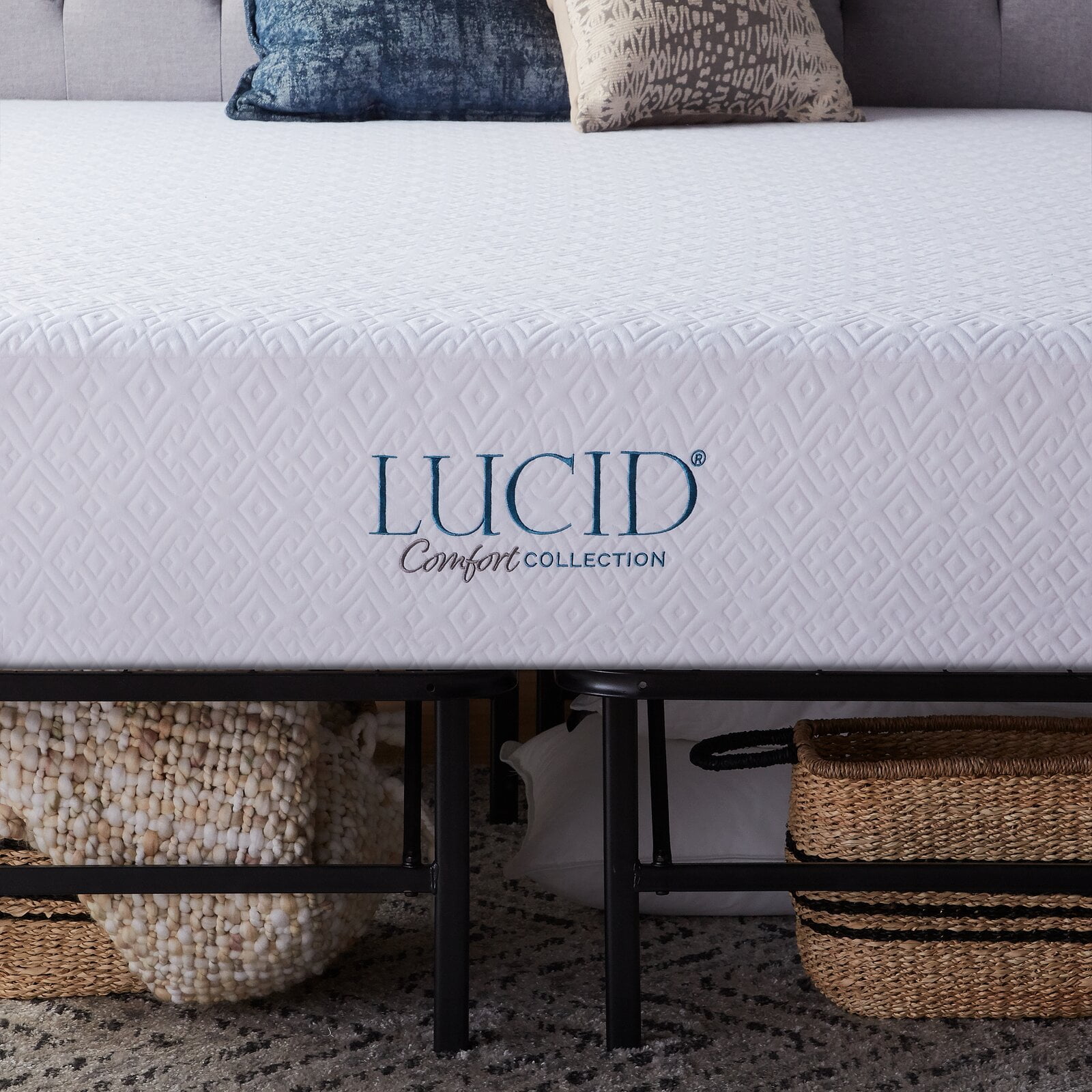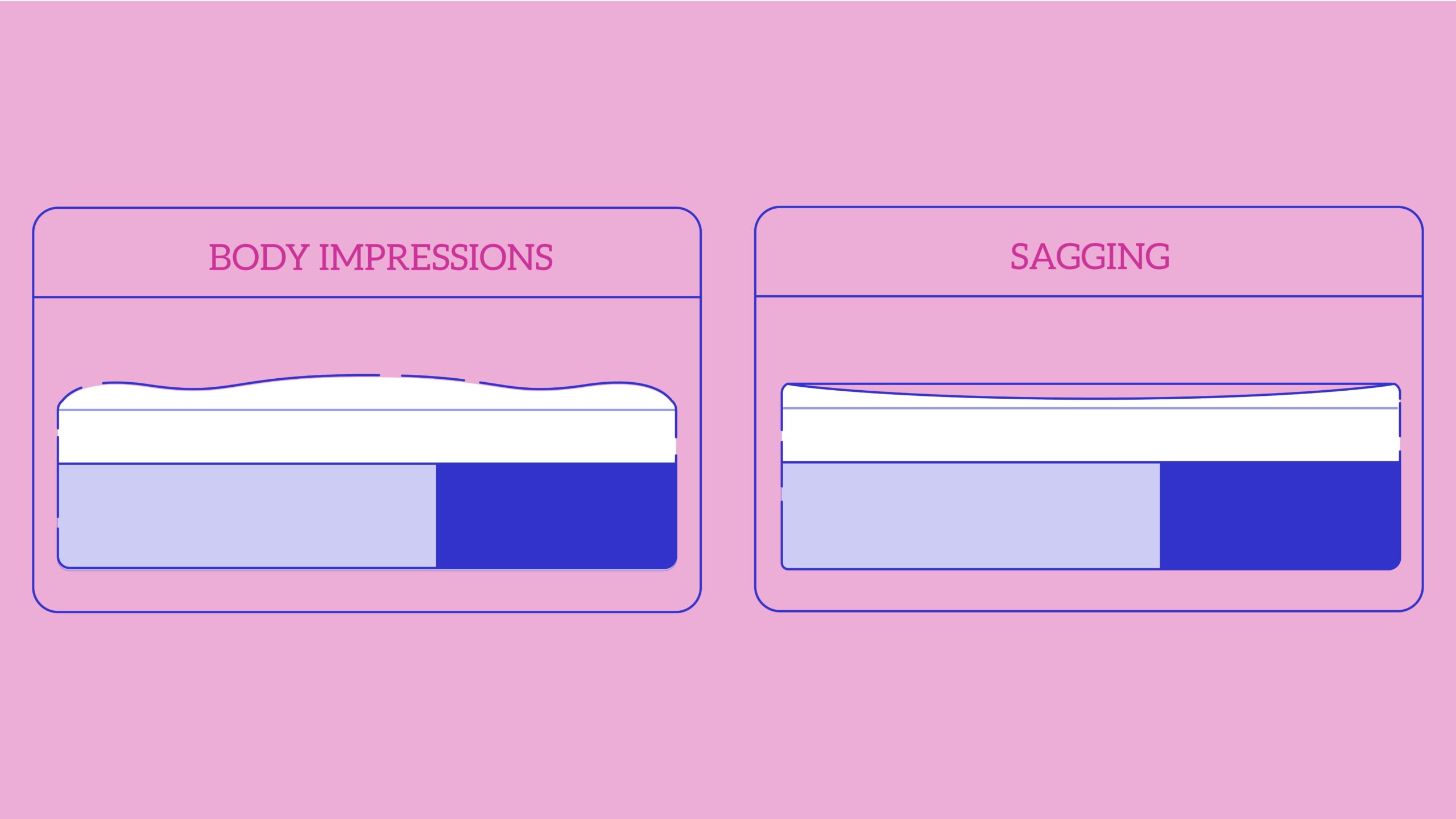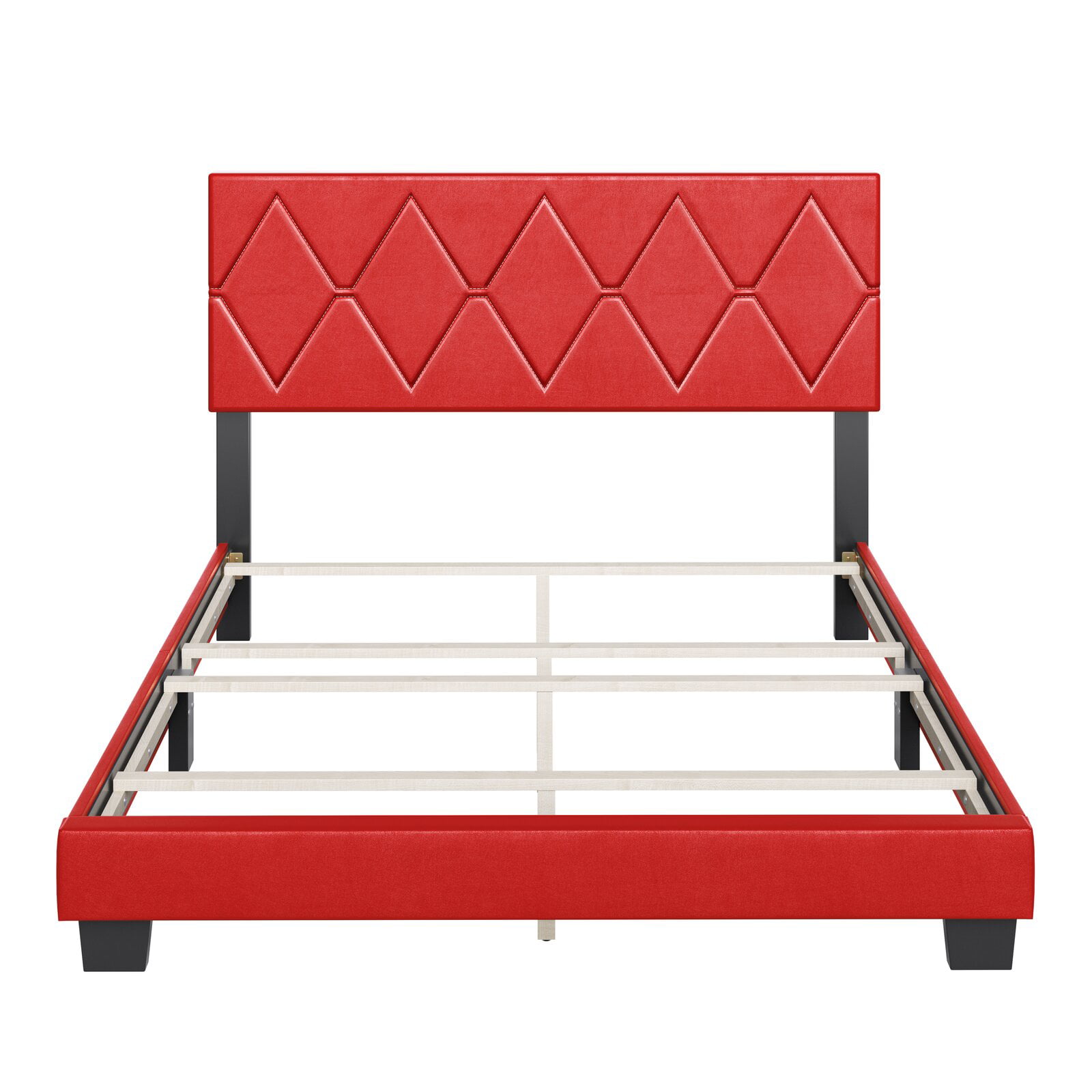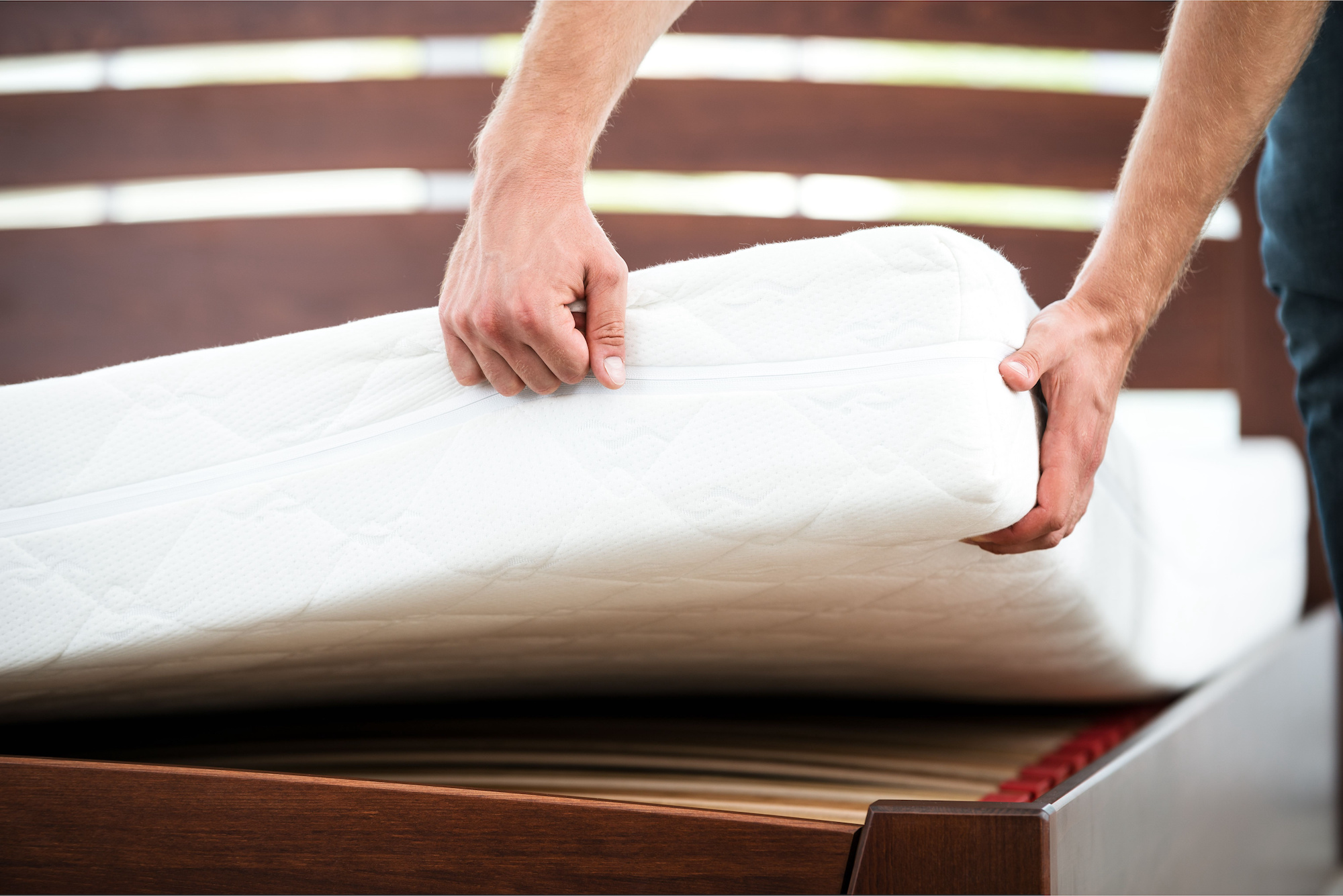Introduction
When it comes to purchasing a new queen mattress, one of the critical factors that significantly impacts comfort and support is its thickness. The ideal mattress thickness can vary based on individual preferences, body types, sleeping positions, and underlying health conditions. This comprehensive guide delves into the standard thickness range for queen mattresses, considering the needs of both couples and individuals, to help you make an informed decision that ensures a restful and rejuvenating sleep experience.
Understanding the Standard Thickness Range
The standard thickness for queen mattresses typically falls within the range of 8 to 14 inches. However, it’s essential to note that this range is not set in stone; some models may be slightly thinner or thicker depending on the manufacturer, materials used, and specific features. Nonetheless, most high-quality queen mattresses will fall within this spectrum.
Factors Influencing Mattress Thickness
- Support Layers: The thickness of a mattress is primarily determined by the composition and number of its support layers. These layers usually consist of foam, coils, or a combination of both, providing the necessary foundation for spinal alignment and pressure relief. Thicker mattresses often have more layers, offering enhanced contouring and potentially better motion isolation.
- Comfort Layers: Comfort layers, made of materials like memory foam, latex, or micro-coils, contribute to the plushness and overall feel of the mattress. Thicker comfort layers can provide deeper sinkage and a more luxurious “hug” sensation, which may be preferred by side sleepers or those seeking pressure relief for achy joints.
- Individual Needs: Body weight, sleeping position, and personal preferences play crucial roles in determining the ideal mattress thickness. Heavier individuals or stomach sleepers may benefit from a firmer, thicker mattress that offers ample support and prevents excessive sinking. Conversely, lighter individuals or back and side sleepers might prefer a thinner mattress with a softer surface that allows for better conformity.
- Health Considerations: Certain medical conditions, such as back pain, arthritis, or acid reflux, may require specific mattress thicknesses to alleviate symptoms. For instance, individuals with lower back pain might find relief in a medium-firm, thicker mattress that maintains spinal alignment, while those with acid reflux might prefer a taller mattress to elevate the head and reduce symptoms.
Considerations for Couples
Couples sharing a queen mattress should take into account additional factors when deciding on mattress thickness:
- Motion Isolation: Thicker mattresses, particularly those with multiple foam layers or individually wrapped coils, tend to excel at minimizing motion transfer. This feature is particularly important for couples with different sleep schedules or those who frequently change positions during the night, as it helps ensure undisturbed sleep.
- Edge Support: A thicker mattress often provides better edge support, allowing both partners to utilize the entire surface without feeling like they might roll off. This is especially beneficial for couples who need extra space or those who enjoy sitting on the edge of the bed for activities like getting dressed.
- Personal Preferences: It’s essential for each partner to assess their individual needs and find a mattress thickness that satisfies both. Couples may consider customizable options like split firmness or adjustable beds to accommodate varying preferences.

Bed Frame Compatibility:
Ensure that your chosen mattress thickness is compatible with your existing bed frame or the one you plan to purchase. Some frames, especially platform beds and adjustable bases, may have height restrictions or require specific mattress thicknesses for optimal functionality. Measure the distance between the slats or support system and the floor, and factor in any additional components like a box spring or mattress foundation to determine the total height of your sleep setup.
Sheets and Linens:
Thicker mattresses may require deep pocket sheets to fit properly, particularly those exceeding 12 inches in height. Confirm the depth specifications of your desired sheets and ensure they can accommodate your chosen mattress without slipping off or bunching up during the night. Additionally, consider the ease of making the bed with a thicker mattress, as it may require more effort to tuck in sheets and blankets.
Accessibility and Mobility:
If you have mobility issues or use assistive devices, a very thick mattress might pose challenges when getting in and out of bed. Opting for a slightly thinner mattress or one with reinforced edges could facilitate easier transfers and maintain independence. Similarly, if you frequently move your mattress (e.g., for cleaning or rearranging furniture), a lighter, thinner option may be more manageable.

Longevity and Warranty:
While mattress thickness doesn’t directly correlate with durability, thicker mattresses often contain more robust support and comfort layers, which may contribute to a longer lifespan. Additionally, many manufacturers offer extended warranties for thicker mattresses, reflecting their confidence in the product’s durability. Be sure to review the warranty terms and expected lifespan of any mattress you’re considering, as this information can influence your decision regarding thickness and overall value.
Environmental Impact and Sustainability:
If eco-friendliness is a priority, consider the materials and manufacturing processes involved in creating your mattress. Organic, natural, or recycled materials can be used in both thin and thick mattresses, so thickness alone should not be the determining factor for sustainability. Research the brand’s commitment to environmental responsibility, certifications (such as GOLS, GOTS, or CertiPUR-US), and any recycling or donation programs they offer for end-of-life mattresses.
Budget and Cost-Effectiveness:
Thicker mattresses generally come with a higher price tag due to the increased amount of materials and potential for advanced features. While investing in a quality mattress is crucial for your sleep health, it’s essential to strike a balance between your desired thickness and your budget. Keep an eye out for sales, promotions, and financing options that can make a thicker mattress more accessible. Additionally, weigh the potential long-term benefits of a thicker mattress (better support, durability, and comfort) against the upfront cost to determine the best value for your money.

In Conclusion
Choosing the right queen mattress thickness is a vital part of ensuring a comfortable and restful sleep experience. By understanding the standard thickness range, considering factors that influence mattress thickness, and addressing the unique needs of couples, you can make an informed decision that caters to your individual requirements and promotes a healthy, rejuvenating sleep environment. Remember to thoroughly research different mattress models, read customer reviews, and, if possible, test out various thickness options in-store before making a final purchase. Your ideal queen mattress awaits, ready to transform your sleep quality and overall well-being.

